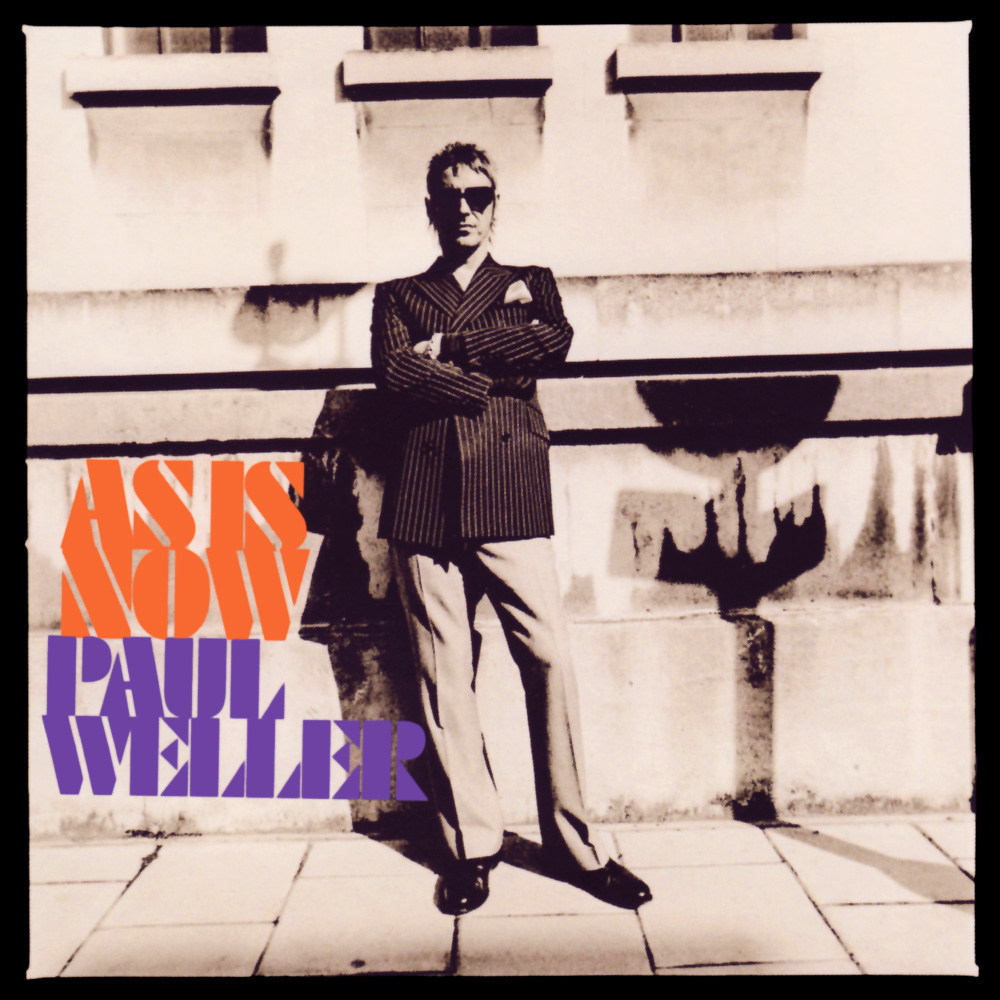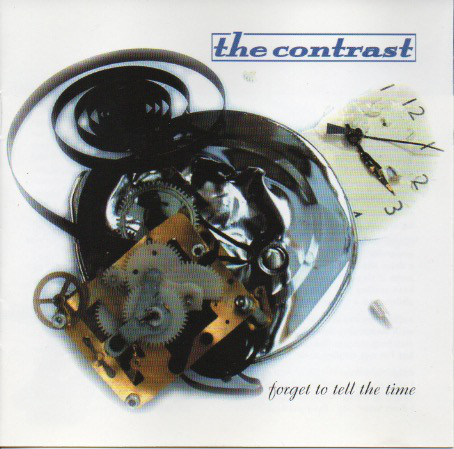When I was a kid I would pop down to Woolworths and fork out 99p of my hard earned pocket money for a cassette of Top of the Pops hits only to discover that when I got home I was listening to a bunch of (not too convincing) cover versions. Invariably, the cover of the cassette bore a lady with large breasts and a small t-shirt plus on closer inspection the caveat emptor “featuring the music of…” As a result I was left with the feeling that I had been slightly misled but still managed to enjoy my purchase immensely. When the new Paul Weller CD As Is Now first pooted forth from my speakers I was transported back to this bygone era, where things were uncomplicated and the act of living brought with it no uncomfortable and let’s face it unwelcome surprises.

PAUL WELLER
AS IS NOW
Yep Roc
2005-10-11
A lot of other reviewers of this CD have heralded it as a grand return to form for the “Modfather” after the frankly disappointing releases in the 10 years since Stanley Road. However, I discovered that As Is Now is not an instant record. In the course of writing this review I have listened to this collection repeatedly, refusing to believe that it was as bland as I had first thought. Paul Weller is an icon from my formative years. I can forgive his association with Oasis because he wrote “‘A’ Bomb in Wardour Street” (I used to work for a company whose head office is in Wardour Street, so I appreciated the sentiment) and “My Ever Changing Moods” (it is hard to believe that it could even be the same guy). With this in mind I stuck with it. Sure enough, I found some real highs but they need to be teased out.
The obvious peaks of this album are where the ghosts of the Jam are explored during the spunky “From the Floor Boards Up” and “Come On/Let’s Go”. Here we are treated to Weller kicking against the pricks; rousing and ordering his older followers to get off their collective asses and dance in a spikey and dangerous fashion. He tells them that they should forget that for most of them retirement is only 15 years away; remember when you used to dance like this? He sounds like he is genuinely uptight again not the spit and bile of “Going Underground” but after hearing these two numbers you at least can see that it is the same guy, only sort of grown up. I presume this approach is also a warning to the more recent pretenders to his crown (I will name no names) that this is not a brand new bag and Poppa don’t want to give it up just yet.
“Blink and You’ll Miss It” and “Paper Smile” are also solid enough numbers but on reflection you can’t help but think that Weller has been hanging around the likes of Steve Cradock too long. They sound like damn fine Welleresque tunes as performed by someone like Ocean Colour Scene and suddenly I am a child again transported back to Woolworths with a 99p cassette in my hand. “But it said Paul Weller on the cover and it isn’t,” I say; to which the gimp at the counter scoffs, “it says ‘the music of Paul Weller’ now beat it.”
Pretty much the rest of the album is of “Wild Wood” quality, which would be an absolutely outstanding achievement had the man himself not already done that album in 1993. This similarity to what has gone before is the album’s strength and most damning indictment. It sounds pretty much what you would expect a Paul Weller album to sound like. He digs into the Santa sack of his back catalogue and pulls out the one that sounds like “Broken Stones” and the one that sounds like the Style Council and the few that sound like the Jam (in my view he does this the most successfully). There are no real left-turns on As Is Now, except perhaps for “Pan”.
It is fair to say that, unlike the rest of the album, “Pan” has no redeeming features at all. The song has no place on this or any other album. As a piano-led meander it leads nowhere using laughably epic, bloated proportions and pompous lyrics. The ballad’s entire job is to fill the album out by 2 minutes 25 seconds and it doesn’t even do this very well because I keep skipping it. I am forever grateful that it was not the same length as the um… well… funky, entertaining, but funking too long “Bring Back the Funk, Pts. 1 & 2”. However, I can forgive Mr Weller these songs and his association with the Gallagher brothers because he gave us “Start” and “You’re the Best Thing.”
Retrospective. Mature. Derivative. In places excellent. This album is not exactly a return to form but it is by no means a failure either. It works well as a collection made from the Paul Weller template but Weller makes no attempt to make comfortable any new ground. He is not coasting as such, but not stretching himself to any great height either. Then again, as you get older I suppose surprises become as unwelcome as they were when you were young.
I can’t believe I was this mean about Paul Weller on popmatters.com
https://www.popmatters.com/paul_weller_as_is_now-2495674896.html

